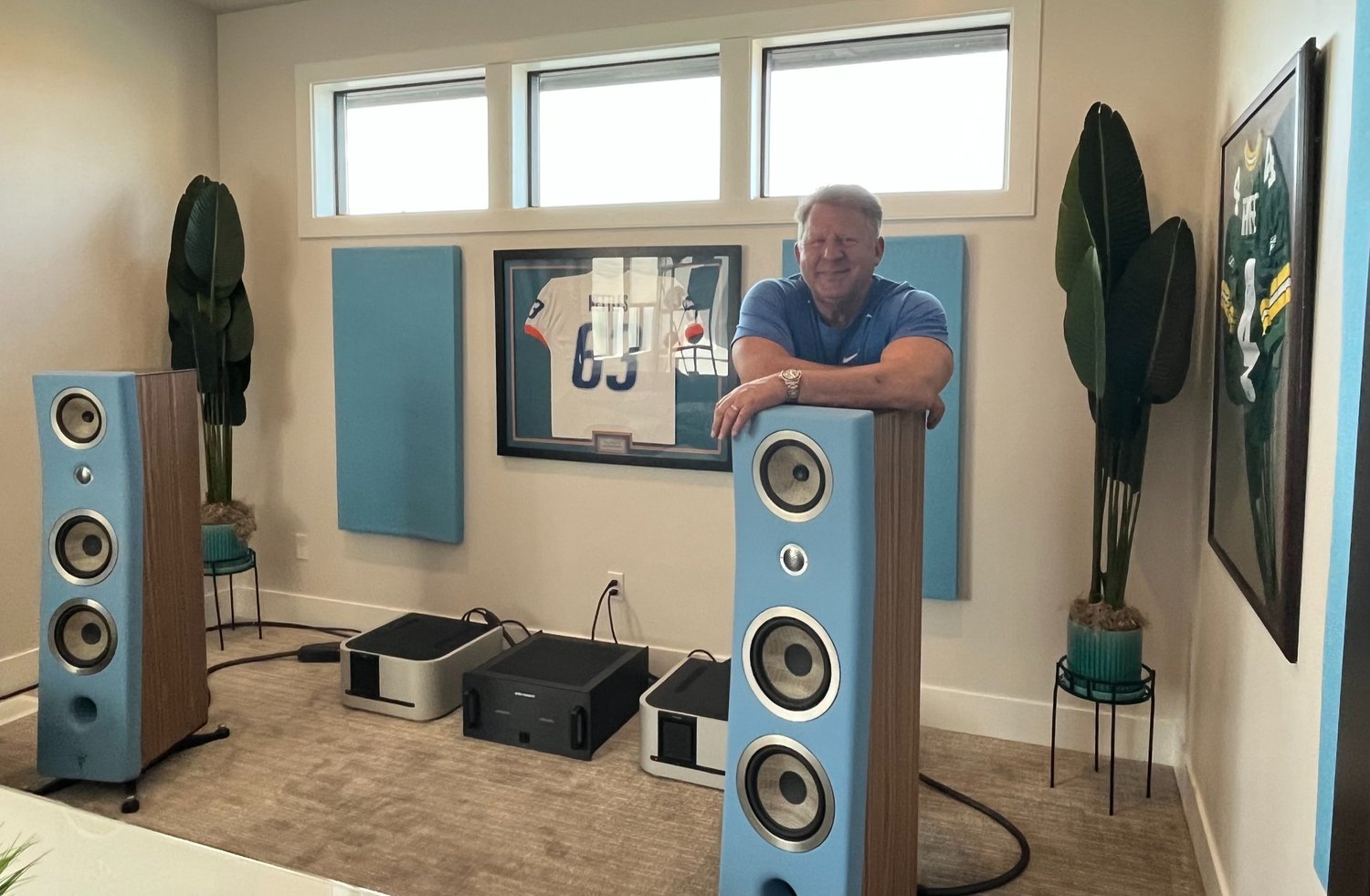
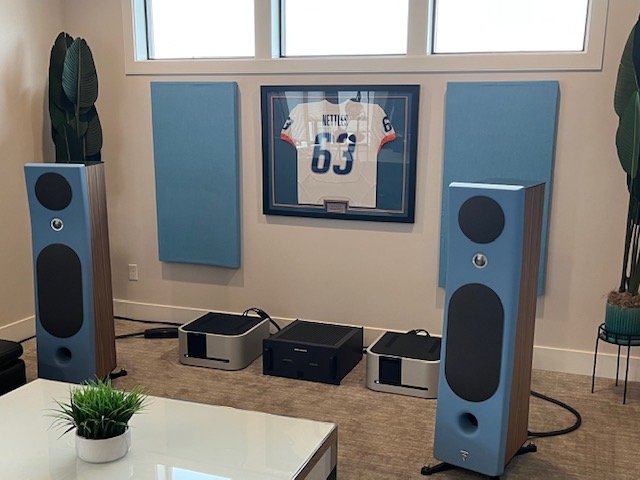
For an itemized list of Greg’s system, see below.
All photos by Greg.
Greg from Boise, Idaho, obviously had a sense of humour, as evidenced in the email he sent me: “Hi Rob, I would love to be a part of your ‘No, I have the best…’ series! I mean who DOESN’T want to spend thirty minutes or more talking about themselves, right???” I knew I liked him right away.
In a follow-up email, he wrote: “I was once a 20+ year high-end audio industry veteran (I owned my own high end audio video company here in Boise) up until 2012 and now just recently got back into the audiophile world of impassioned tweaks and awakenings!”
That email concluded with a “thanks again for publishing items of interest to individuals like myself” (You’re welcome, Greg.) and an inquiry about “what sorts of geographical locations and systems do you look for when publishing these kinds of stories.” To the former, the answer is ‘you name it’, as long as the person I’m interviewing can adequately communicate in English or French. As to what sorts of systems we’ll consider, pretty much all of them, as long as the proposed system is made up of gear that could be considered by your average audio enthusiast as meeting audiophile sound quality standards. That said, this column is really more about the person behind the system, the journey taken, than about the components.
Speaking of audiophile quality, the system featured in this installment certainly fits that definition, with a list of gear by CH Precision, Focal, Classé, LampizatOr, VPI, and Transparent.
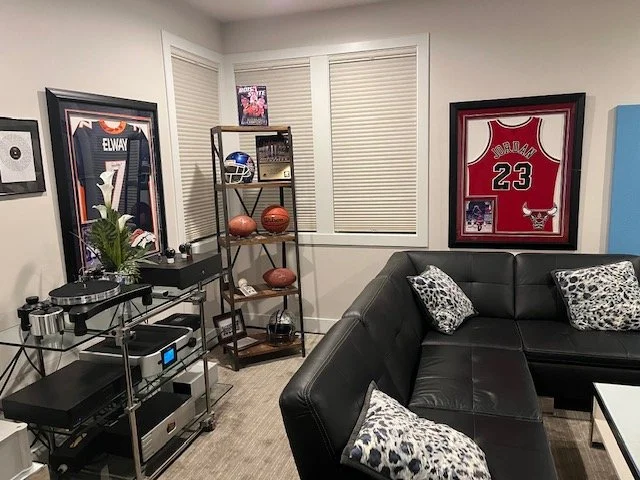
So how did Greg get to where he is now? Where did it all begin? Over our Zoom chat, Greg kindly unfurled his history: “I was born in Germany where my dad was stationed as a radio operator in the US Air Force. He had an old Telefunken console stereo that still works to this day that I used to play with and listen to. That kind of got me started. Then my older brother, who also served in the military, brought home his first stereo, which had a Marantz integrated amplifier, a Pioneer turntable, and BIC loudspeakers. He’d leave it at home when he was deployed overseas, and I got hooked on it.
“A couple of summers later, I used my lawnmower money to buy my own system. It had a Nikko integrated amp and Polk Audio Monitor 7 speakers and I thought I was really cool. It got rolling from there and, in college, in 1982, I started working part-time for the local hi-fi dealer and I’d get paid in a mix of checks and gear—it was exciting. I eventually bought the dealership, but then I left the audiophile scene for some time.”
Why did he leave it?
“I’d bought the store in 1994, which I ran with a partner,” he said. “Then, in 2008, 2009, two big events occurred. One, we had the Great Recession that impacted people’s ability to buy luxury goods. Our revenue dropped by as much as 65%. And two, more importantly, my wife was diagnosed with cancer. I managed to get through that whole economic whirlwind and my wife’s chemotherapy, radiation, and surgeries, but by 2012, I was burned out. I sold the business to two of my employees and when my wife died eight years ago, so did my passion for audio.
“Two years ago, I met somebody who’s reignited a lot of passions for me,” he said. “And she told me, ‘you know, you have this stereo room upstairs. You really ought to look at getting back into it.’ And I did. It brought me back into the fold, like I’d gone full circle.”
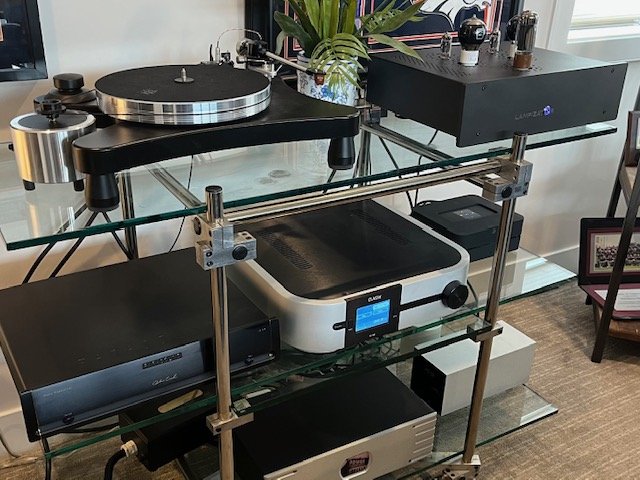
I asked what he liked most about the sound of his system.
“The ‘willing suspension of disbelief’ it puts me in,” he answered. “It allows me to willingly listen to music and imagine that what I’m listening to is real. While I’m listening to music, I get emotionally captivated and don’t think about my bills or problems. What I really love is being able to put on a record or play a CD or stream, and that sense of escapism starts to reoccur again. There’s something cool about hearing sounds outside of where they’re actually coming from—the speakers. My system does a great job of making sounds appear way up here, or there, or off to the sides.
“It’s also good at conveying the emotion in a performance, say, from a vocalist or someone like Miles Davis on Some Kind of Blue. Every time I listen to that album on my system, I feel catapulted back in time. And not just to when the music was recorded, but to the first time I heard that music, or to an event I attended when I heard it. Sometimes I can even remember the smells of the place where I was when I heard a song. If a system’s sound can do that—take you to a whole other space and time, emotionally-speaking—than that’s the crème de la crème for me.
“My system has gotten to a point where I’m happy. Back in the day when I was all about selling high-end gear and reading The Absolute Sound and trying to climb that mountain of hearing what these guys were describing, I’m over that. It’s really not so much about the hardware anymore, as it is about the music and the performance. I’m not listening to specs or sonic aspects; I’m listening to a combination of sounds that create a whole.”
That Greg’s system could do this—direct his attention to the music rather than the gear—was indicative to me of a high level of component synergy. Still, I was curious to know what underlying sonic aspects Greg enjoyed most and attributed to his system’s immersive musicality.
“I love a good soundstage. I love it when I can see the placement of instruments. But I think most of all it’s balance that I’m looking for, that everything from top to bottom sounds coherent and you don’t hear the crossover points between the drivers, or else it’ll take away from that willing suspension of disbelief.”
Did he have a preference between digital and analogue?
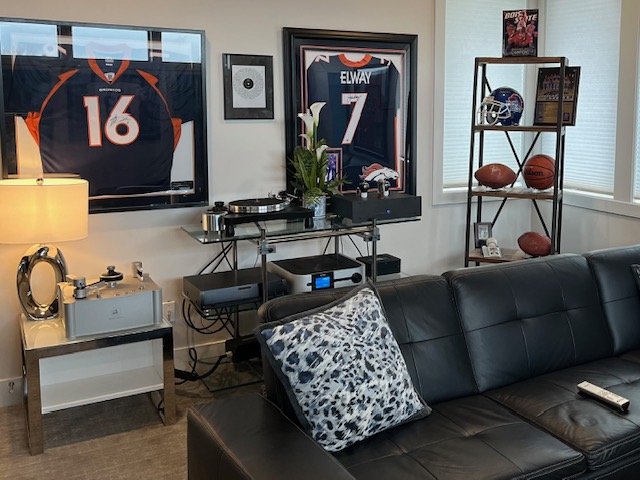
“I like them both,” he said. “They’re both different. Analogue to me has a therapeutic element to it in terms of putting on a record, cleaning it, lowering the stylus. And you don’t jump from track to track with a record because it’s not easy to do, so you tend to listen to the whole side. Digital has a different sound. It’s cleaner. I got the LampizatOr tubed Baltic DAC—goodness gracious that thing sounds phenomenal. But it doesn’t sound like a record. Which sounds better? Who cares? I like them both.”
Biggest “wow”-inducing components to grace his system, past or present?
“In the past, a Conrad Jonson Premier 3 preamplifier. It was a game changer. In my current system, I’d say it’s my LampizatOr DAC. What it did to the zeros and ones coming out of my Bluesound Vault was dramatic.”
Biggest lesson learned so far in his audio journey?
“To be wary of the law of diminishing returns. Once I’ve reached a certain level of audio quality, I’m not interested in spending 2, 3, 5 times more on a piece of equipment to get marginally better sound. At some point I learned to be content with what I had so that I could enjoy it. I’m happy now, I’m good.”
So, no temptation to upgrade at all?
He smiled sheepishly, then said, “Well, maybe the preamp.”
Did he follow a guiding principle when buying gear?
“To find a balance between reliability and sound quality. I liken it to high performance automobiles. I could have a Lamborghini Diablo, but it might be so finicky that I might not be able to drive it much, versus a high-quality Audi that lets me drive it as often as I like. I prefer the latter.
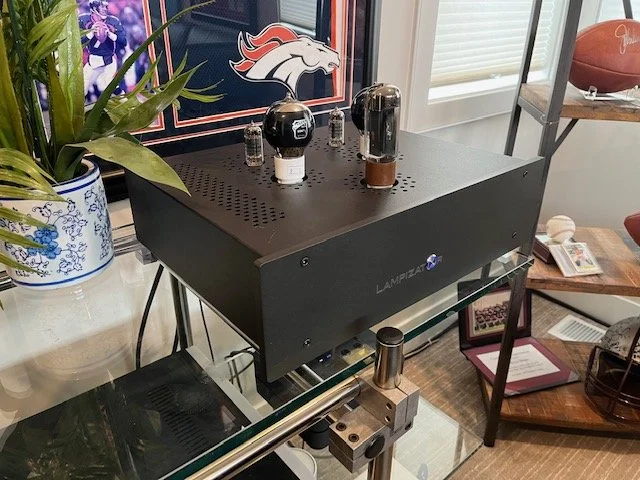
“You have to admire something that’s very well built,” he continued. “There’s a lot of value in that. When you see a Jeff Rowland design, it’s construction is impressive. Jeff can talk to you for hours about why the faceplate is the way it is. That’s a passion you’re buying into.”
What did he like best about the hobby?
“The music. Just being able to escape—for an hour, two hours, 15 minutes. Sometimes I’ll only have time to listen to one song. But just being able to escape my cares of the world, even if it’s just for a few minutes, helps me re-centre myself. It’s like working out. I work out five to six days a week, and when I’m done with my session, I feel a lot better. It’s the same with listening to music.”
Audio advice?
“I’ve seen people buy big, expensive equipment and put it in a room that wasn’t compatible. So when buying gear, especially speakers, make sure it matches the size and dimensions of your room. And part of that is placing your speakers in a way in which they interact as little as possible with the room.”
What did he think about room treatment?
“I use it, but with the mindset that, as the expression goes, ‘a little of a good thing goes a long way, too much of good thing can kill it’. We need reflections in a room. What we don’t want is too many reflections hitting our ears at the same time. Placing a few absorption panels in strategic places will give the sound a better sense of 3-dimensionality and spatiality, but too many will make your room sound dull.”
And audiophile cables?
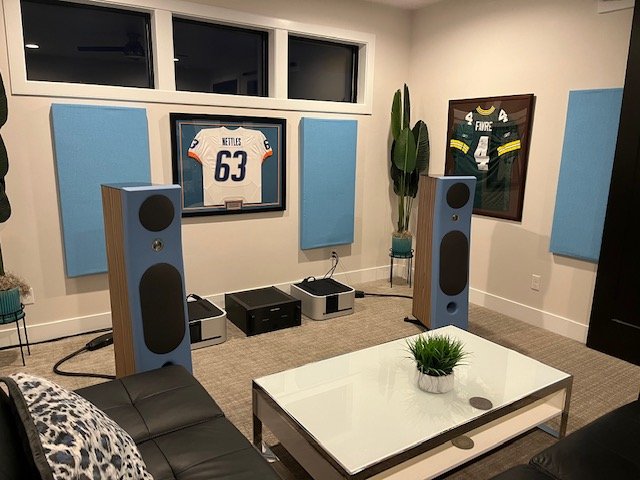
“If they’re correctly matched to your system, they basically become an extension of one component to the next, by changing the sound as little as possible. I’m a big believer in them, but you can have a lot of diminishing returns with cables and spend gobs of money for negligible differences.
“Speaking of cables and rooms,” he continued. “I told you about how people will buy over-the-top stuff and put it in a room that’s not well suited to it. Well, power. Some people will put all this expensive gear in a room with one 15amp circuit that’s running the entire room. I put in two dedicated 20amp circuits and that made a big difference.”
Regrets?
At this, Greg’s brow furrowed and his gaze seemed to draw inward, as if he’d slipped into deep-thought mode. Then: “Selling my business,” he said. “I wish I’d hung on to it. If I’d just gotten through the rough times and applied what I learned afterwards to try running it.
“And I regret the relationships I had when I was in the business that I don’t have anymore. I knew a lot of people that were well-connected and I had a lot of great friends. Since I got out of the business, I don’t stay in touch with them like I used to. That’s probably my biggest regret.”
Parting words for readers?
“Make sure that whatever you’re doing is bringing true happiness and joy into your life and not bringing you added stress,” he said. “You don’t have to worry about climbing the mountain. Don’t confuse how much money you spend with whether or not you’re going to be very happy with what you have. What’s important is that you have something that delivers music to you the way you want to hear it. Once you have that, try to be content. It’s not a race and it’s not a mountain to climb. It’s just about enjoying the music.”
Well said, my friend.
Greg’s system (all prices in $US):
- Loudspeakers: Focal Kanta No 2: $15,000 pair
- Amplifiers: Classé CAM600 monoaural monoblocks: $7000 each
- Preamplifier: Classé CP700: $8000
- Music Server / Streamer: Bluesound Vault 2i: $1400
- DAC: LampizatOr Tube Baltic 3: $6600
- Turntable with Tonearm: VPI Prime Scout: $3300
- Phono Cartridge: Benz Micro Wood SM (Medium Output): $1600
- Phono Stage: Parasound Halo JC3+: $3200
- Record Cleaning Machine: Clearaudio Double Matrix Pro: $5500
- Power Conditioner: Richard Gray Power Co. RGPC-1200: $2000, Transparent Audio Power Isolator XL: $8395
- Cables: Transparent Reference XL speaker cables, Transparent Balanced Reference XL interconnects, Transparent Reference Phono Cable, Transparent Premium Digital Coax: approx. $40,000 total
- Sound Absorption: GIK Acoustics in custom fabric: $600
If you have a system you’d like to talk about in our “No, I have the best system in the world!” series, let us know by dropping us a line here.










Leave a Reply